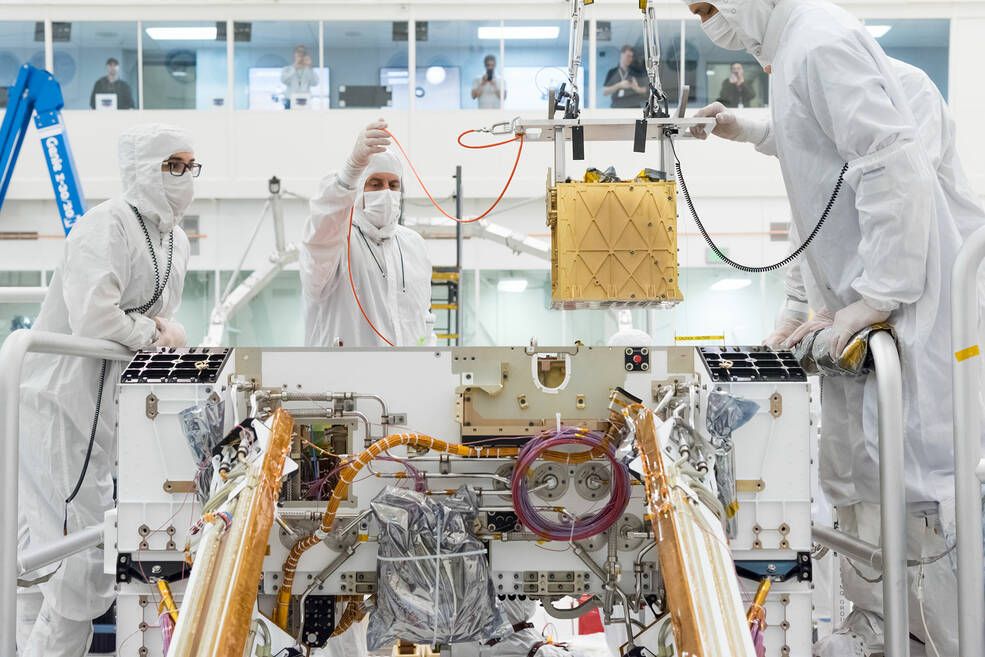NASA’s MOXIE experiment produces oxygen on Mars
The MOXIE device, which is about the size of a microwave, was able to produce 4.3 ounces (122 grams) of oxygen.

A few minutes every morning is all you need.
Stay up to date on the world's Headlines and Human Stories. It's fun, it's factual, it's fluff-free.
Humans living on Mars someday seems like a pretty far-off goal, if it ever becomes possible at all. But NASA just got us a step closer to target by creating oxygen from Mars’ atmosphere and concentrating it into a breathable form. Mars' atmosphere is made up of mostly carbon dioxide and nitrogen, with traces of oxygen floating around. The air there just isn’t remotely breathable.
When NASA’s Perseverance rover landed on Mars in 2021, it began conducting the Mars Oxygen In-Situ Resource Utilization Experiment (nicknamed “MOXIE”). MOXIE was designed to take in CO2 from the atmosphere and convert it into breathable oxygen stores. Three months into its experiment, MOXIE ran for the first time, pulling oxygen successfully. The process involves separating small amounts of oxygen from the CO2-rich air using electrochemical mechanisms. After two years, MOXIE has ended its work, and there are some pretty exciting outcomes to share.
The MOXIE device, which is about the size of a microwave, was able to produce 4.3 ounces (122 grams) of oxygen. This amount seems super small, but it’s about what a small dog would breathe in 10-ish hours. Yeah, this isn’t exactly the kind of thing that would sustain human life, but it does show some potential for a human future on this alien planet.
“By proving this technology in real-world conditions, we’ve come one step closer to a future in which astronauts ‘live off the land’ on the Red Planet,” explained Trudy Kortes, the director of technology demonstrations at the Space Technology Mission Directorate, in a NASA release.
In fact, MOXIE actually performed better than expected at certain points during the experiment. At peak efficiency, MOXIE produced 12 grams of oxygen an hour at 98% purity or better, which is two times NASA’s goal. On August 7, MOXIE operated for its 16th and final time.
“MOXIE’s impressive performance shows that it is feasible to extract oxygen from Mars’ atmosphere — oxygen that could help supply breathable air or rocket propellant to future astronauts,” said NASA Deputy Administrator Pam Melroy in a statement. “Developing technologies that let us use resources on the Moon and Mars is critical to build a long-term lunar presence, create a robust lunar economy, and allow us to support an initial human exploration campaign to Mars.”




Comments ()